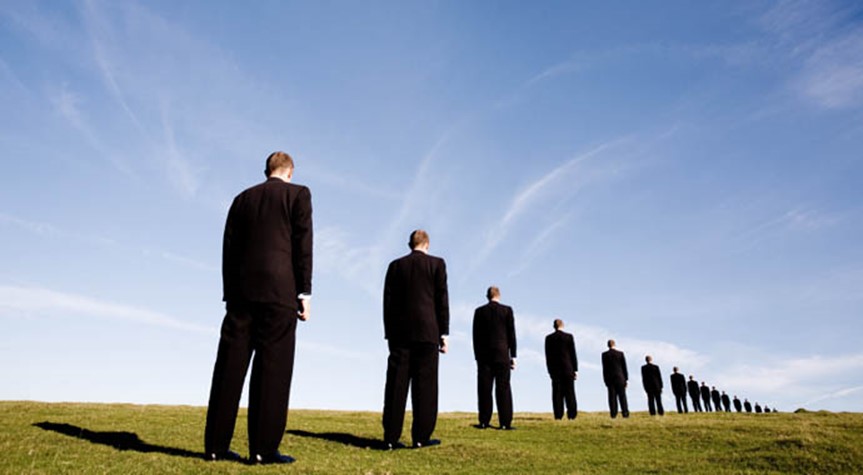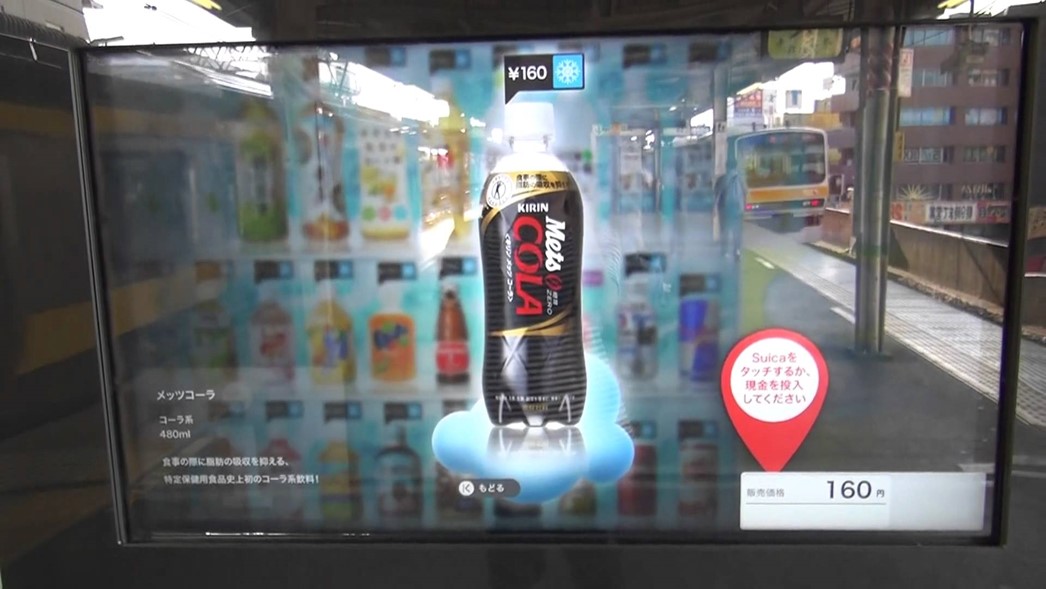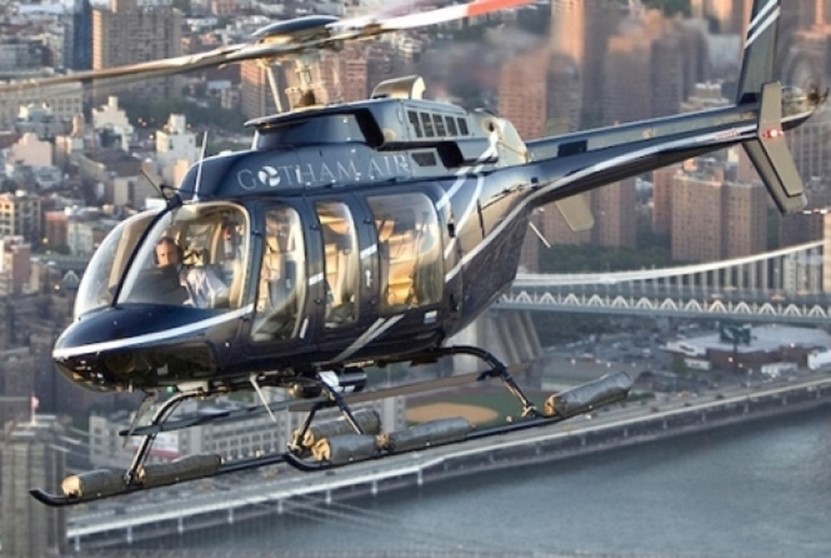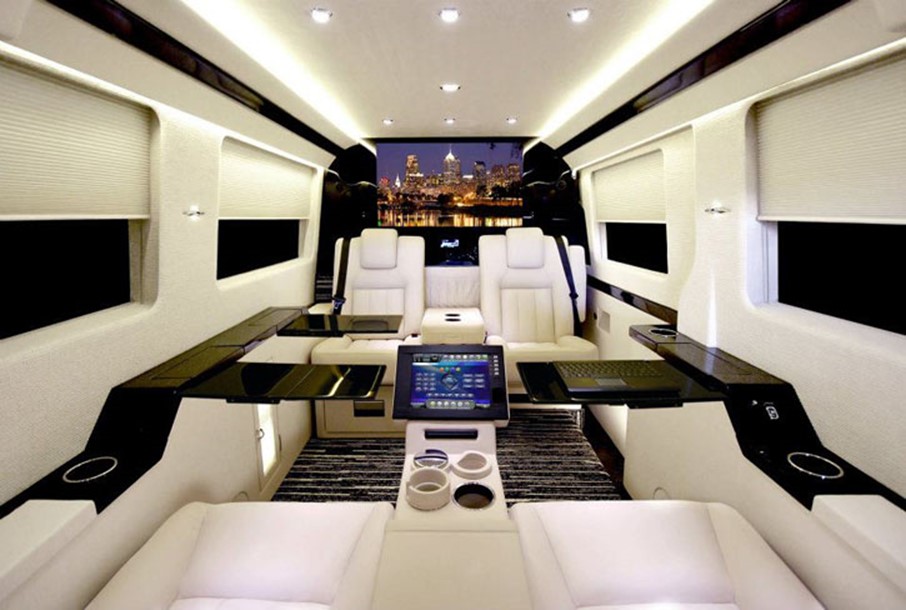The History Of Photocopiers
February 22, 2015 in Daily Bulletin

Clive Thompson took a look at photocopiers and what they may tell us about the future:
- Crude attempts to create copies of documents before the advent of the copier included using a runny ink to write something and then pressing another page on top of it to transfer some of the ink.
- Companies used to have routing slips on important letters with a record of who had seen it and who it had to go to next.
- When Xerox rolled out the first mainstream commercial copier machines in 1959 some companies removed doors so that they had the space to install them.
- The machines were a hit and the number of photocopies jumped to 14 billion a year.
- They affected international politics. America’s Pentagon Papers were leaked through a photocopier, and the Soviet Union soon began to tightly control them.
- Activists used the copiers at their companies to make flyers for social causes such as the fight to raise awareness for AIDS.
- The CEO of Xerox wasn’t sure that the popularity of his company’s machine was a good thing, concerned that employees were mostly copying “junk and nonsense”.
Read about some of the naughty things that people liked to photocopy, some of the more innovative things they were used for, and what they tell us about the future of 3D printing here.
Source: Smithsonian









Join the Discussion! (No Signup Required)